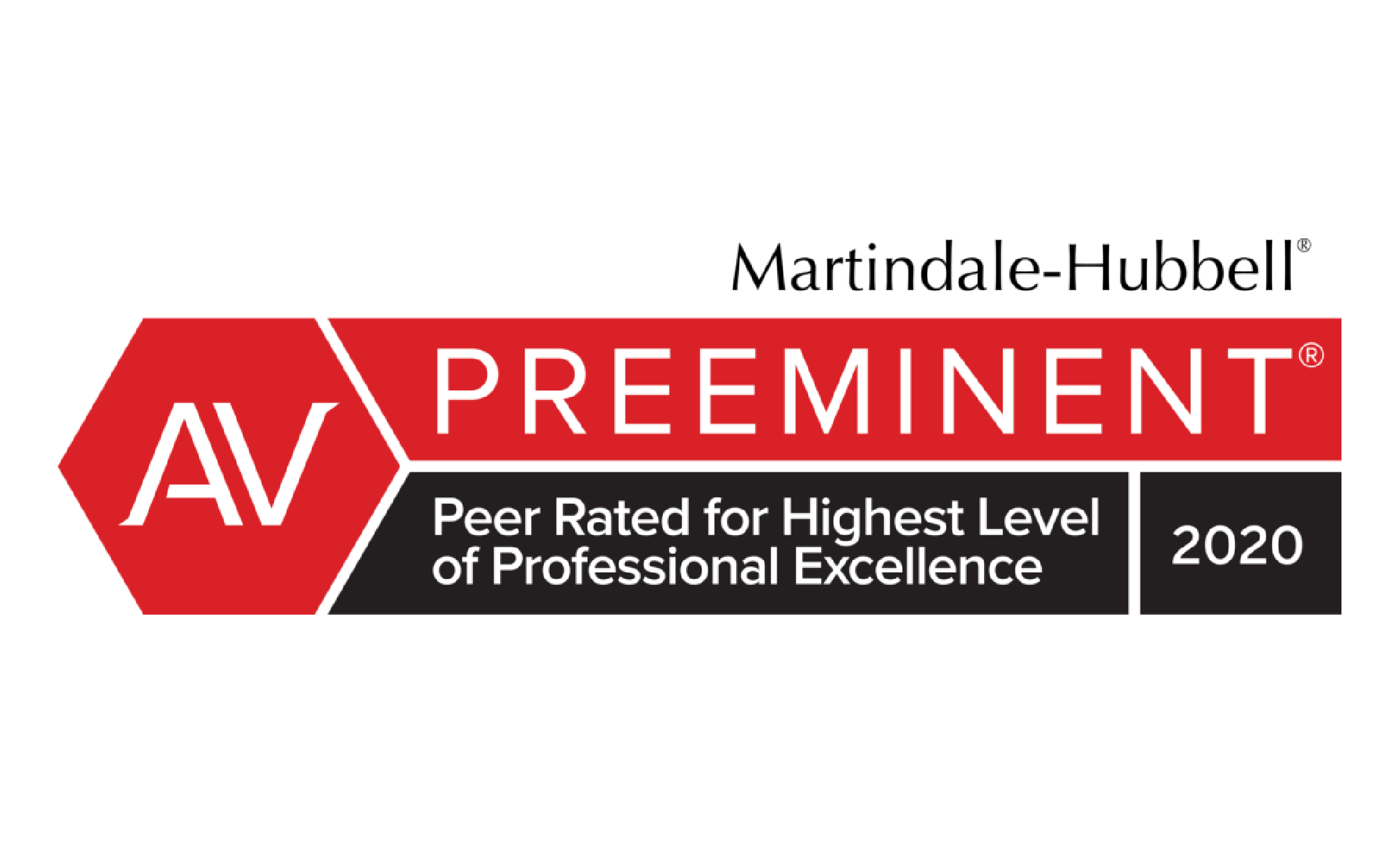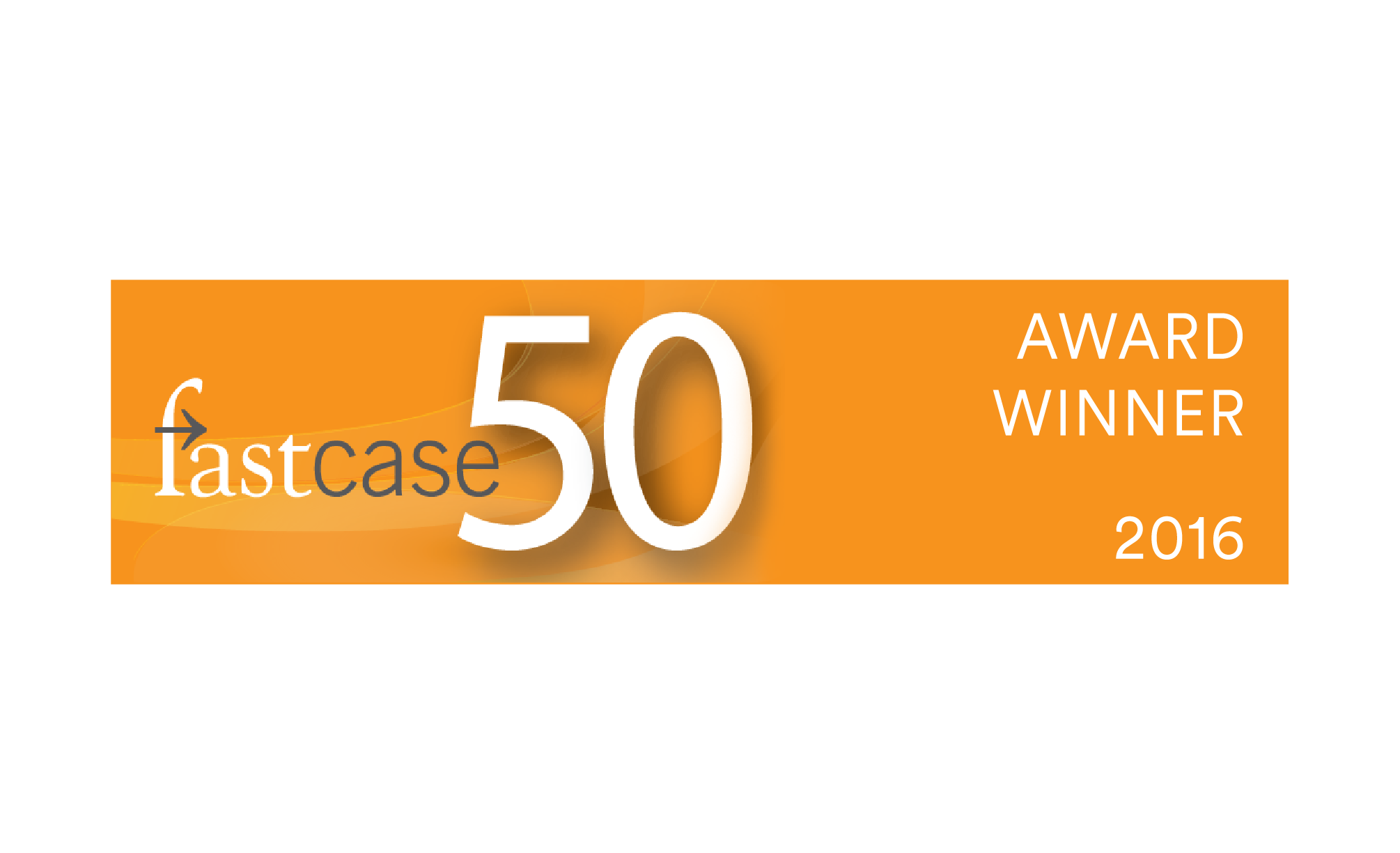
Prior to 1999, the Minister of National Revenue and Canada Revenue Agency (hereinafter jointly referred to as the “CRA”) had two legislative tools to severely punish taxpayers, advisors, planners, promoters and preparers i.e., subsection 163(2) and section 239 of the Income Tax Act (“ITA”).
Subsection 163(2) of the ITA provides the CRA can assess 50 per cent civil gross negligence tax penalties against a taxpayer who knowingly, or under circumstances amounting to gross negligence, made a false statement or omission in his tax return (the “gross negligence penalty”). In these cases, CRA bears a heavy onus of proof to establish, on a balance of probabilities, that the taxpayer’s conduct was reprehensible (bordering on criminal behavior) or reckless to justify the imposition of the gross negligence penalty against the taxpayer.
Section 239 of the ITA provides that the CRA can lay a tax evasion charge in the Criminal Court against the taxpayer, or any other person who conspired, to attempt to willfully evade the payment of tax. In these cases, CRA bears the highest onus of proof, beyond a reasonable doubt, to establish that the taxpayer or the conspirator attempted to willfully evade the payment of tax. This section enables to the CRA to lay tax evasion charges against conspirators such as tax promoters, planners and preparers who encourage or help facilitate tax evasion. However, the high onus of proof in these cases makes it difficult for the CRA to secure convictions.
In reviewing the gross negligence penalty and section 239 of the ITA, Parliament decided to expand the legislation to enable the CRA to punish tax advisors, promoters, planners and preparers but to avoid the difficulties of establishing proof beyond a reasonable doubt in the criminal context. In short, Parliament intended to create a civil penalty similar to the gross negligence penalty that would enable the CRA to punish third-parties who advised other taxpayers to submit tax returns that contravened the ITA and third-parties that prepared tax returns that contravened the ITA. This way, the CRA could punish conspirators using a lower standard of proof which would result in greater success in securing the punishment.
As a result, Parliament enacted subsection 163.2(2) of the ITA to punish tax advisors and subsection 163.2(4) to punish tax preparers (jointly referred to as the “Third-Party Penalty”). Although the courts have held on several occasions that CRA Information Circulars are not the law, the CRA has published Information Circular 01-1 entitled Third-Party Civil Penalties outlining its position related to the Third-Party Penalty. Generally speaking, the quantum of these penalties is the sum of the amount of tax that the advisor or preparer attempted to help his client(s) evade and the limit, if any, to the Third-Party Penalty is quite high. In fact, it appears that the quantum of the Third-Party Penalty could exceed a penalty imposed under section 239 of the ITA.
The CRA reports that – since section 163.2 was enacted – it has completed its review of 121 potential Third-Party Penalties cases. It has imposed Third-Party Penalties in 71 cases totaling $79 million.
Our firm, along with other tax practitioners and commentators, have long criticized the Third-Party Penalty on the bases that the nature of the matter is a criminal proceeding disguised as a civil penalty (i.e., it seeks to remedy a societal problem not a private matter) and that the punishment is a true penal consequence (i.e., the quantum of the Third-Party Penalty is so high that it is a penal punishment). If these criticisms are correct, the Third-Party Penalty would engage the protection of section 11 of the Canadian Charter of Rights and Freedoms (“Charter”) to guarantee the third-party additional substantive and procedural rights including the right to be presumed innocent. In addition, the application of the Charter and the right to be presumed innocent would raise the CRA’s burden of proof to proof beyond a reasonable doubt.
Guindon v. Her Majesty the Queen (“Guindon”)
In Guindon, the Tax Court had its first opportunity to consider whether the Third-Party Penalties were criminal in nature and applied a true penal consequence. Ms. Guindon was a lawyer and a president of a charity that was involved in a charitable donation tax program (the “Tax Shelter”). Although Ms. Guindon was not a tax lawyer and she did not fully review the underlying documents, she provided a legal opinion to support the Tax Shelter. In addition, she signed tax receipts related to the Tax Shelter. The CRA established that the Tax Shelter did not comply with the ITA and imposed a $546,747 Third-Party Penalty. Ms. Guindon appealed the assessment in the Tax Court.
The Tax Court allowed Ms. Guindon’s appeal on the basis that the Third-Party Penalty created a criminal offence. The Tax Court noted that the Third-Party Penalty does not require that a taxpayer relied on the advisor’s false statement only that the taxpayer could have relied on the false statement. The Tax Court held that this indicates that the Third-Party Penalty acts as a public deterrent as oppose to a private disciplinary matter and, therefore, the nature of the matter is criminal.

Section 163.2 applies to third parties who, by making a false statement, could have led another person to use that statement for a purpose of the Act. The Third-Party is not the person considered to have acted upon the false statement and, as mentioned earlier, section 163.2 of the Act takes aim even at situations where the false statement has not been acted upon by another person. For these reasons, the argument that section 163.2 prescribed a civil penalty as part of a regulatory scheme designed to ensure compliance with the Act is unpersuasive.
Second, the Tax Court held that the Third-Party Penalty constitutes a true penal consequence on the basis that the potential quantum of the penalty is so high that it appears to be an attempt to cure a societal wrong as oppose to a private disciplinary action related to a limited activity.
In the case at bar, the Appellant was assessed a penalty in the amount of $546,747. This amount was calculated by adding up the amounts of the penalties under subsection 163(2) of the Act to which each of the 134 other donors would have been liable. The penalty under subsection 163.2(5) thus has the potential of increasing ad infinitum depending on the number of “other persons” involved. As the Appellant submitted, where the penalty is unlimited and is imposed on a Third -Party, it seems evident that its purpose is to redress a wrong done to society and consequently ceases to be a purely administrative matter or one of internal discipline.
Post-Guindon
The Tax Court’s decision in Guindon undermines the CRA’s ability to impose the Third-Party Penalty and we believe that the decision is correct in law. However, on October 31, 2012, the CRA filed its notice of appeal in the Federal Court of Appeal to Guindon.
The CRA reports that 64 Third-Party Penalty cases are ongoing. We represent an accountant in a Third-Party Penalty dispute at the objection stage. The CRA has advised that it will hold all Third-Party Penalty objections in abeyance pending the resolution of Guindon. We are watching Guindon and its impact closely and we will provide readers with another update as this matter develops.

.jpg?width=120&name=Counter%20Tax%20Litigators%20Logo%20Stacked%20(MidnightBlue%20on%20White).jpg)












.png?width=400&height=400&name=CT-How_Can_We_Help-22_july_NewGraphic_b(small).png)

.png?width=1386&height=1224&name=2025%20Legal500%20Elite%20Boutique%20Award%20(Badge).png)
.png?width=1386&height=1224&name=ITR%20Finalist%20Practice%20Leader%20of%20Year%20Peter%20Aprile%202024%20(Badge).png)
.png?width=1386&height=1224&name=2025%20Legal500%20Leading%20Firm%20Client%20Satisfaction%20Award%20(Badge).png)
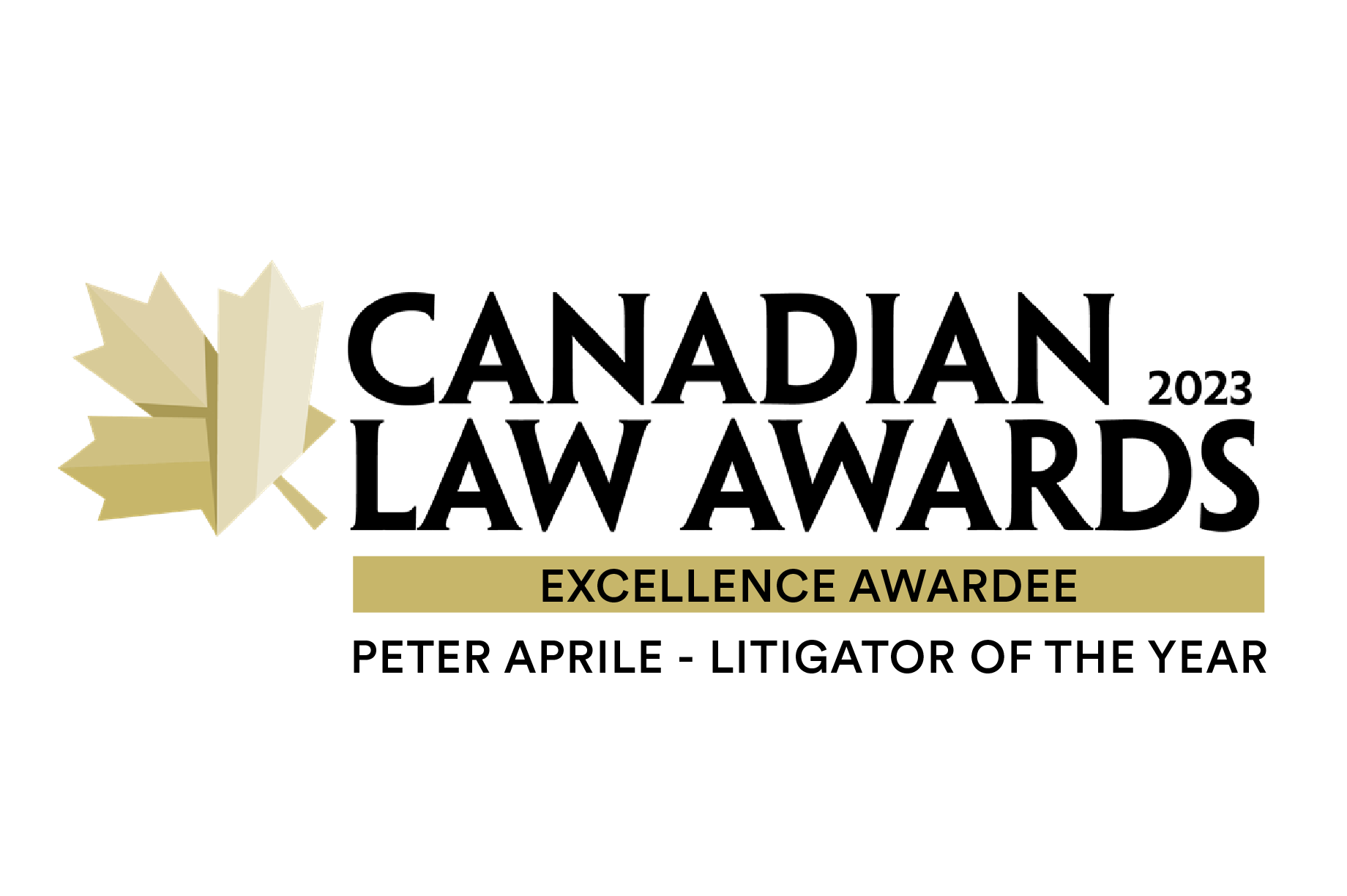
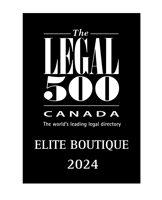


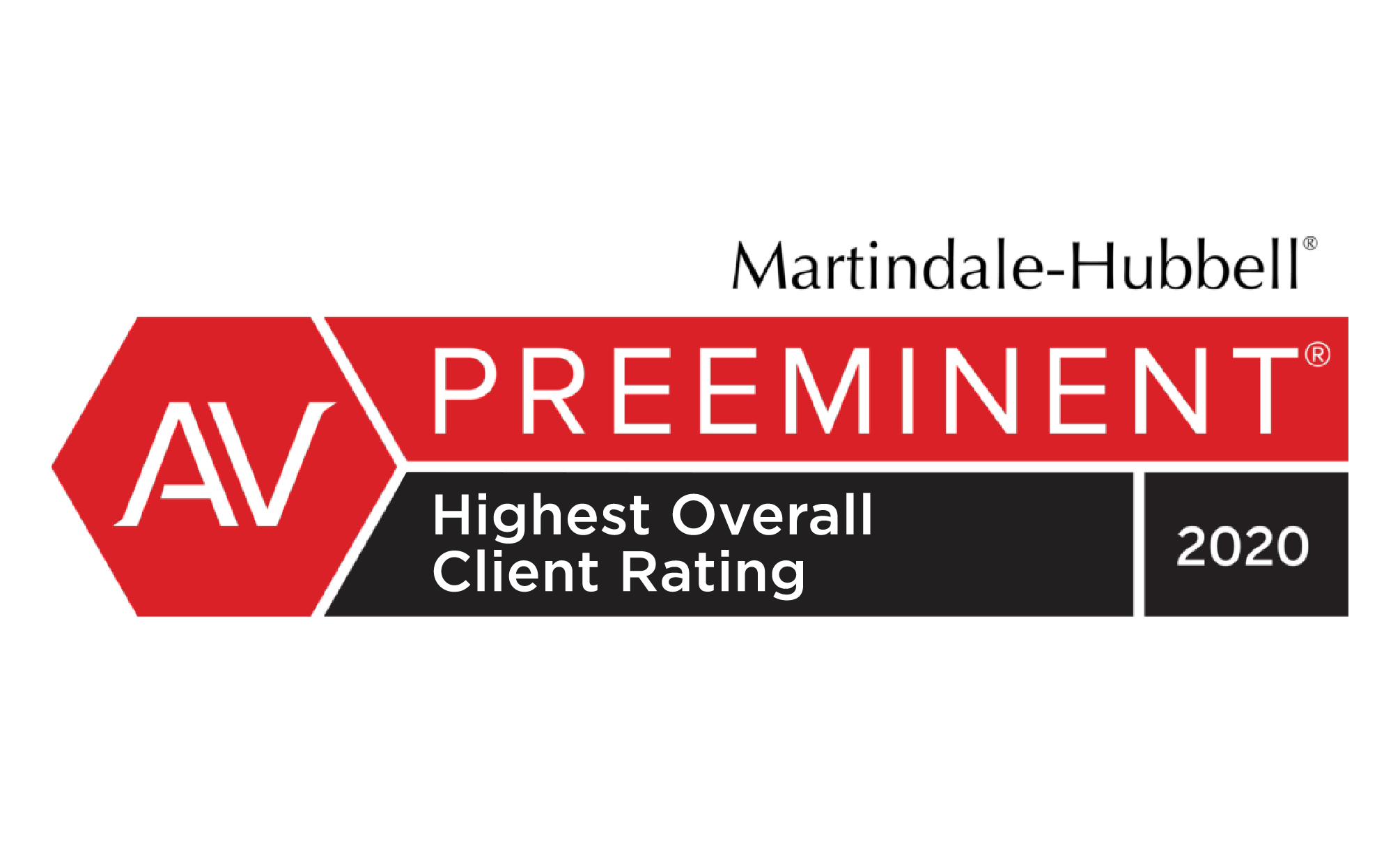
.png?width=1386&height=1224&name=ITR%20Tax%20Innovator%20Finalist%202024%20Award%20(Badge).png)


